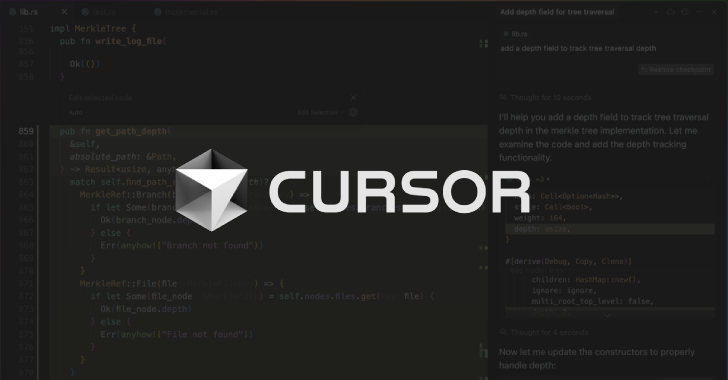Why Threat Modeling Is a Game-Changer for Your Cybersecurity Strategy
As cyber threats become more sophisticated and relentless, staying a step ahead isn’t just an advantage—it’s essential. Traditional “wait and react” security measures aren’t enough anymore. Businesses need a proactive approach that goes beyond defense and into prediction, which is where threat modeling comes in. This powerful process helps you identify potential vulnerabilities in your systems before they become real problems, giving you a strategic edge in protecting your business.
What is Threat Modeling, and Why Should You Care?
Threat modeling is like a security roadmap. It’s a methodical way of examining how your systems work, how data flows, and where attackers might try to sneak in. By mapping out potential threats early on, you can pinpoint and address weaknesses before they turn into costly breaches. It’s not just about protecting what’s in place—it’s about building resilience into your technology from day one.
Why Threat Modeling is Worth Your Investment
- Spot Issues Early, Save Money Later: When you identify security gaps at the design stage, you can fix them before they’re deeply embedded in your systems. Catching these issues early is a huge cost-saver, especially compared to the expense and complexity of addressing them after launch.
- Make Smarter Security Choices: With threat modeling, you get a clear view of where your risks are. This helps you allocate resources more effectively, focusing on the most critical areas and making sure every security dollar counts.
- Meet Compliance with Confidence: Regulatory requirements are tougher than ever, and proving that you’ve done your due diligence is crucial. Threat modeling provides a documented, structured approach to risk assessment, helping you meet compliance standards and avoid penalties.
- Bring Teams Together on Security: Threat modeling isn’t just a security team exercise—it’s an opportunity to get development, operations, and security on the same page. When everyone understands the risks, they can work together to create a well-rounded defense strategy.
Best Practices for Getting the Most Out of Threat Modeling
- Use a Tried-and-True Method: Established frameworks like STRIDE or PASTA can guide your team through the process, making sure you cover all bases and identify threats systematically.
- Start Early, Stay Involved: Don’t wait until the final stages of development to think about security. Integrate threat modeling into the design and development phases to catch issues early and keep them from getting too big to manage.
- Get Input from All Sides: Security isn’t a siloed task. Pull in voices from different parts of the business—everyone from developers to IT to product managers has a unique perspective on how systems could be vulnerable.
- Adapt as You Grow: Threats change over time, as does your business. Make threat modeling a regular activity, updating it as your systems evolve and as new threats emerge.
The Bottom Line
Today’s cyber threats don’t give second chances. Threat modeling allows you to take a proactive stance, preparing your business for potential risks and minimizing costly surprises. It’s not just about preventing attacks; it’s about building a resilient organization that’s ready for whatever comes next.
At Cyber Defense Advisors, we’re here to make threat modeling simple, effective, and tailored to your needs. We work with businesses of all sizes to build strong security foundations, ensuring you’re prepared for today’s challenges and tomorrow’s unknowns.
Contact us today and take the first step toward achieving next-level performance.






